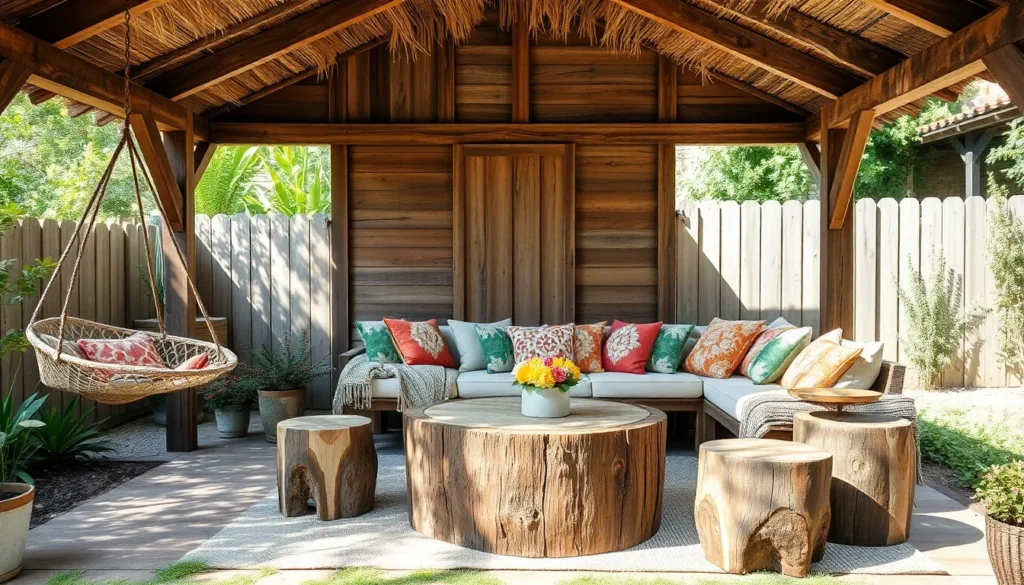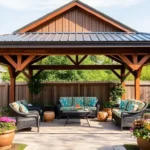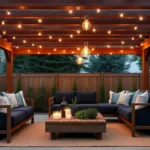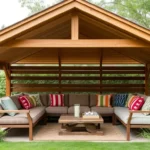Transforming your backyard into a cozy haven doesn’t require a professional touch; it simply needs your imagination and a dash of rustic charm. Whether you’re a novice or a seasoned DIY enthusiast, crafting your own rustic shelters can blend practicality with creative expression, turning your outdoor space into a personalized retreat. This endeavor not only enhances your outdoor living experience but also invites a sense of accomplishment and uniqueness to your home environment.
In this article, we’re excited to guide you through the essentials of building your own rustic shelter. You’ll discover approachable techniques and inspiring ideas that cater to various skill levels, ensuring that everyone can create a welcoming sanctuary right in their backyard. From selecting the ideal materials to mastering simple construction tips, you’ll gain the confidence and knowledge needed to embark on this fulfilling journey. Let’s get started on bringing your cozy backyard vision to life!
Choosing Materials for Rustic Charm
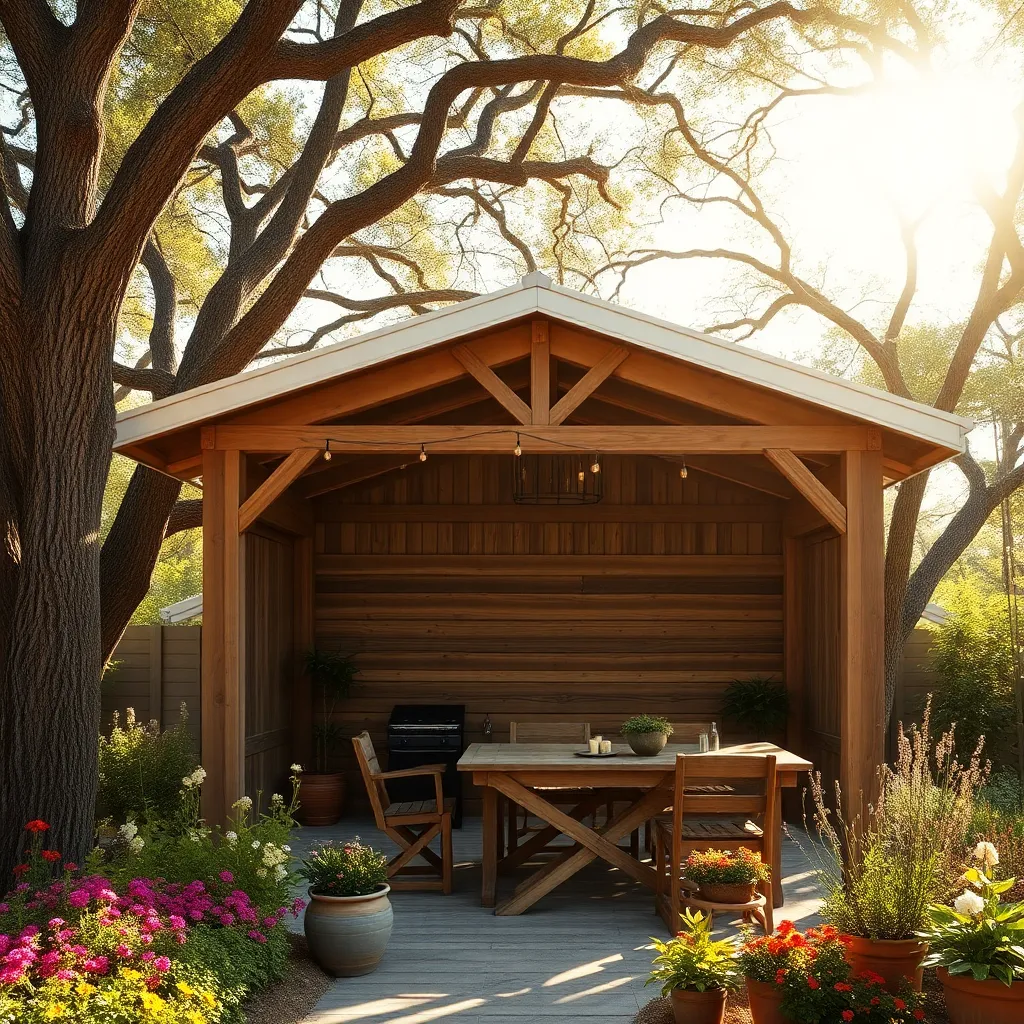
When aiming for a rustic charm in your DIY outdoor shelter, consider using natural and reclaimed materials. Wood is a popular choice, with cedar and pine offering durability and a weathered look that blends seamlessly into a garden setting. For a truly rustic feel, incorporate salvaged wood beams or reclaimed barn wood as structural elements or decorative accents.
Enhance the rustic appeal by integrating other materials like stone and metal. Fieldstone or river rock can be used for foundations or as decorative features, adding both texture and visual interest. For a touch of elegance, consider wrought iron for brackets or hinges, which pairs beautifully with wood and stone. Remember, the key to achieving rustic charm is in the mix of textures and the use of earthy, natural tones to complement your garden’s aesthetic.
Designing Cozy Backyard Layouts

Creating a cozy backyard layout starts with understanding the space you have. Begin by identifying the focal point of your backyard, such as a fire pit or a rustic pergola, which can serve as the centerpiece of your design. Consider using materials like reclaimed wood and stone to build these features, as they add both durability and that sought-after rustic charm. For beginners, starting with a simple, open-frame design can be less daunting and still provide a welcoming atmosphere.
Adding personal touches can elevate your backyard from basic to breathtaking. Incorporate elements like string lights or lanterns to create a warm, inviting glow for evening gatherings. Use outdoor rugs and cushions in neutral tones to soften the space and provide comfort. For more advanced projects, consider building a wooden deck or a stone pathway to define different areas within your layout. Remember, the key is to blend functionality with aesthetics, ensuring that every element serves a purpose while contributing to the overall cozy feel.
Building a Sturdy Framework
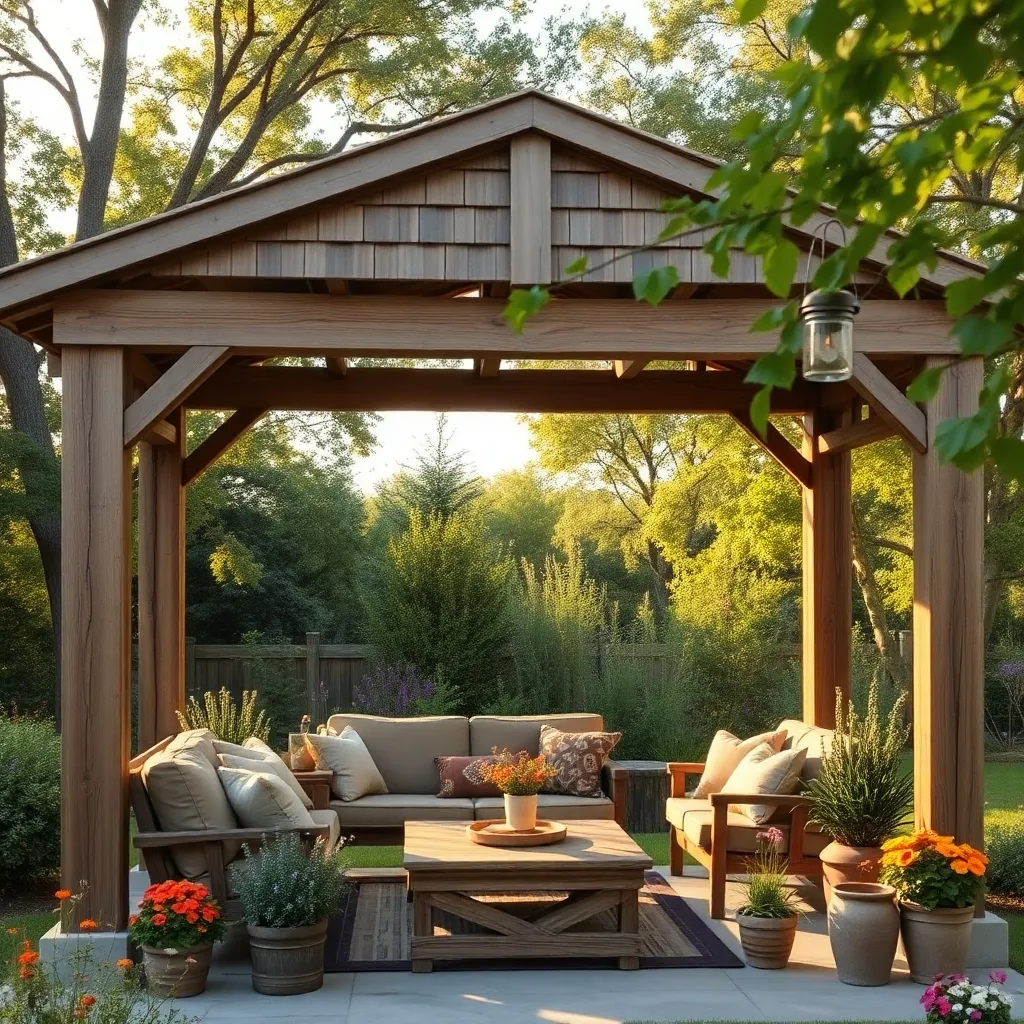
When building a sturdy framework for your rustic backyard shelter, start with a solid foundation. Use pressure-treated wood for the support posts, as it’s both durable and resistant to rot. Set these posts securely into the ground at least 2 feet deep using concrete, ensuring they are level and stable. Spacing the posts 6 to 8 feet apart helps maintain structural integrity while allowing for a range of design possibilities.
For the roof, consider using reclaimed wood beams, which add an authentic rustic charm and are eco-friendly. Secure them with galvanized brackets for long-lasting stability. If you’re feeling adventurous, try incorporating a pitched roof for better rain runoff, using corrugated metal or polycarbonate panels, which are both lightweight and durable. For added strength, cross-brace the roof beams with smaller lumber pieces at strategic angles. This not only enhances the structure but also provides a visually appealing pattern—perfect for any cozy backyard oasis.
Incorporating Natural Elements Creatively

To create a rustic shelter that blends seamlessly with the natural environment, consider using materials like reclaimed wood, stone, and bamboo. These elements not only add a touch of authenticity but are also environmentally friendly. Begin with reclaimed wood for beams and posts; it’s durable and gives your shelter a charming, weathered look. For the roof, using bamboo or willow branches can provide a natural canopy that filters sunlight beautifully, creating a cozy retreat.
Advanced builders might explore integrating live plants directly into the structure for a truly organic feel. Try incorporating a green roof using succulents or moss, which can offer insulation and enhance the shelter’s rustic aesthetic. For the walls, consider a living wall system with trailing vines like clematis or ivy.
- Ensure you have proper drainage and a sturdy support system in place.
- Consider the weight of these elements when designing your framework.
This approach not only beautifies your shelter but also supports local wildlife by providing habitats for insects and birds.
Adding Personal Touches and Décor
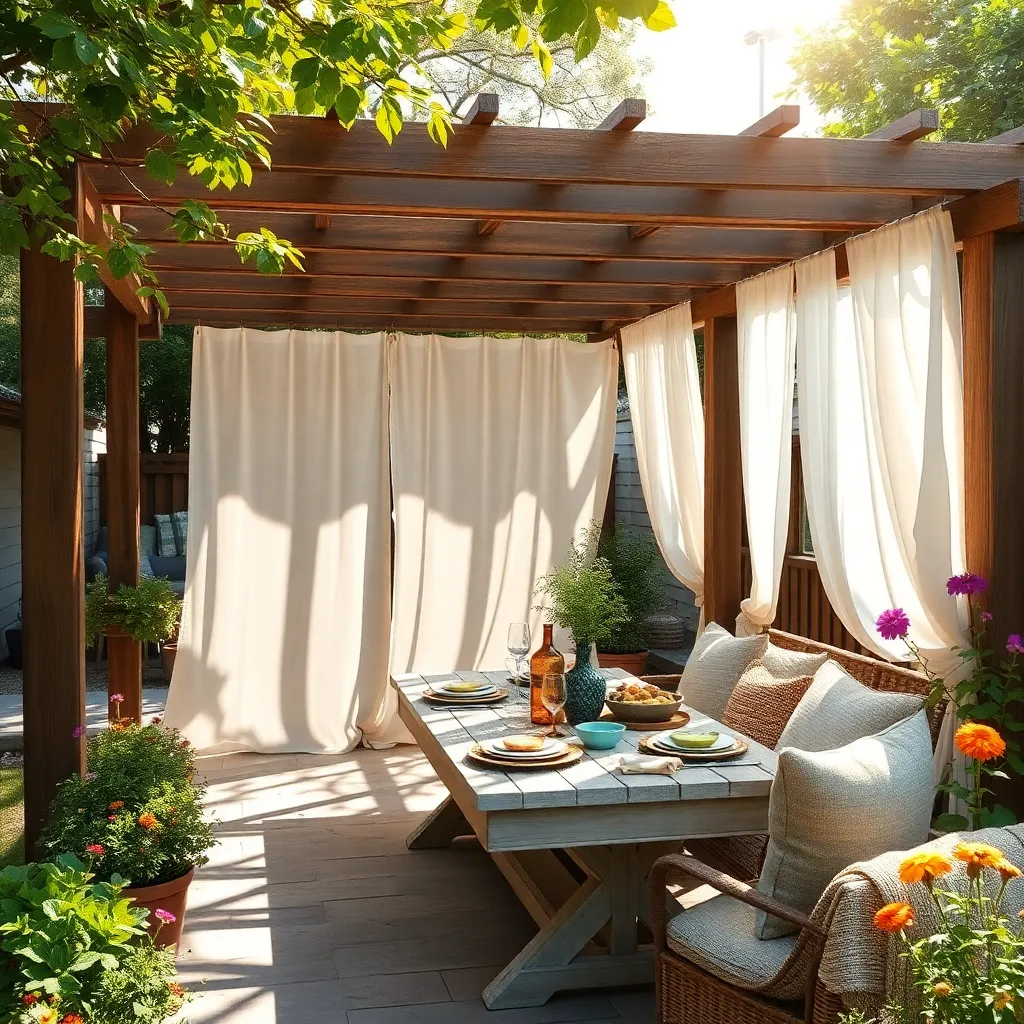
To infuse your rustic shelter with personality, consider using reclaimed wood or antique fixtures to create a warm, inviting atmosphere. Hang vintage lanterns or string Edison bulbs for charming, soft lighting that enhances the cozy feel. Additionally, incorporate textiles like weather-resistant throws and cushions in earthy tones to add comfort and style. These elements not only complement the rustic theme but also make the space uniquely yours.
For a more personalized touch, consider adding custom signage or decorative art that reflects your style or interests. Use stencils and outdoor-grade paint to create signs with favorite quotes or family names. If you’re up for a challenge, try crafting a small vertical garden using old pallets or wooden crates, which can serve as both a decorative feature and a practical herb or flower garden. This approach not only enhances the aesthetic appeal of your shelter but also makes it a functional and inviting space for gatherings and relaxation.
Conclusion: Creating Beautiful Outdoor Spaces
In “DIY Rustic Shelters for a Cozy Backyard,” we explored five essential relationship concepts that not only enhance your outdoor space but also deepen your personal connections. First, we discussed the importance of collaboration, highlighting how shared projects can strengthen bonds. Next, we emphasized the value of communication, ensuring that each partner’s vision is heard and respected. Third, we touched on creativity, encouraging couples to embrace their unique styles together. Fourth, we explored problem-solving, reminding us that overcoming challenges as a team can fortify relationships. Lastly, we celebrated quality time, as building a rustic shelter provides opportunities for meaningful moments together.
As a next step, gather your loved ones this weekend and start planning your cozy backyard retreat. Use this project as a catalyst to nurture and grow your relationships. To easily revisit these insights, bookmark this article as your go-to guide for combining DIY projects with enriching personal connections.
Remember, the journey to relationship success is ongoing and filled with opportunities to grow together. By taking action today, you lay the foundation for a future filled with love, creativity, and shared achievements. Save this article, and let it be your blueprint for both your backyard and your relationships.

